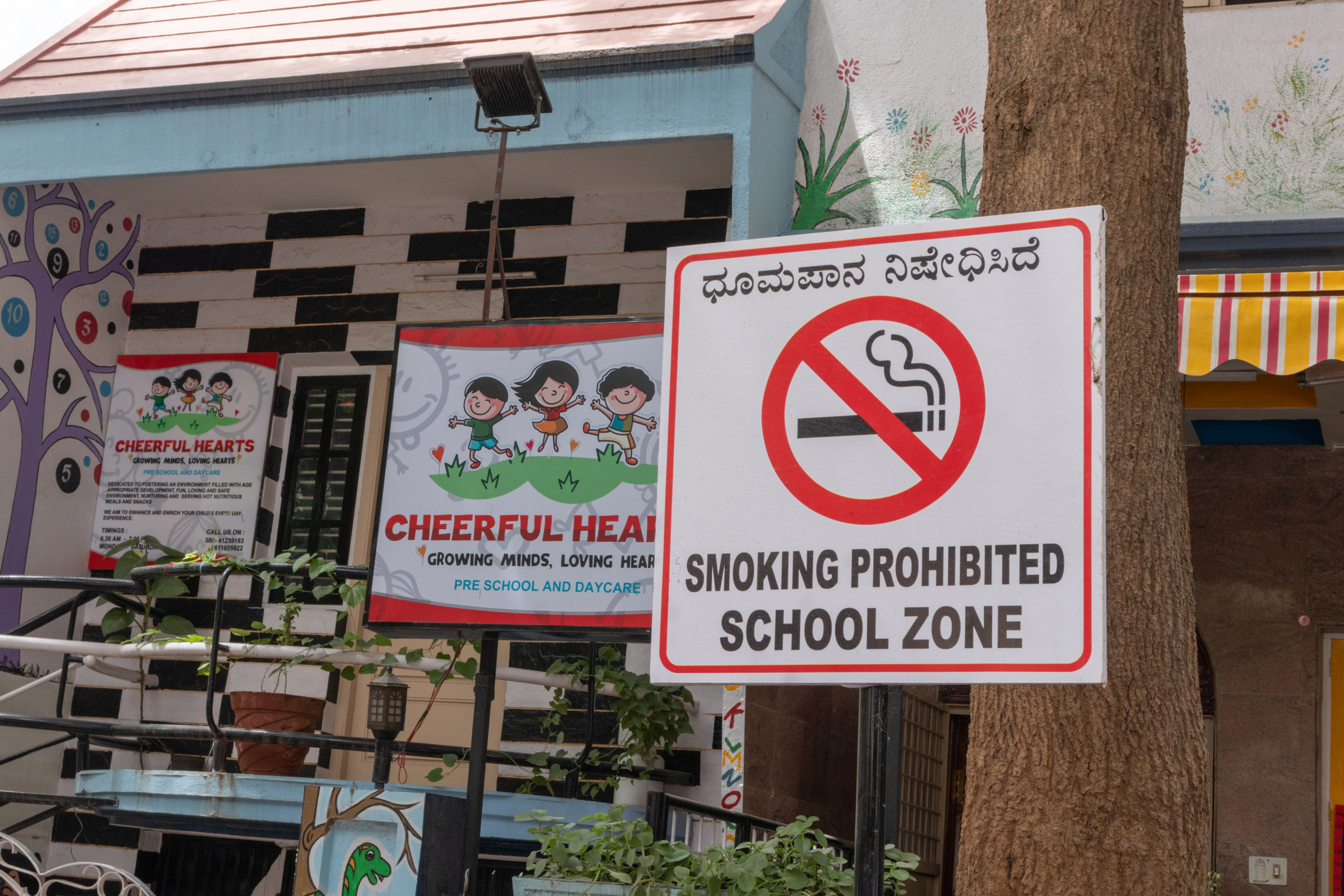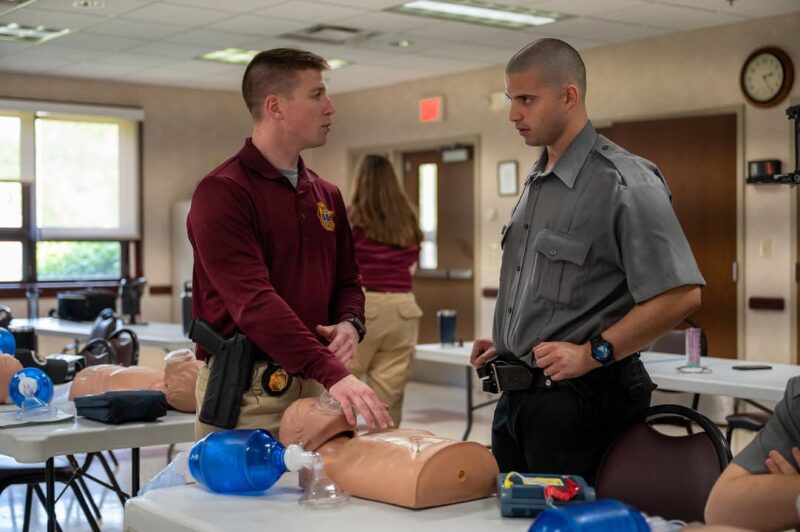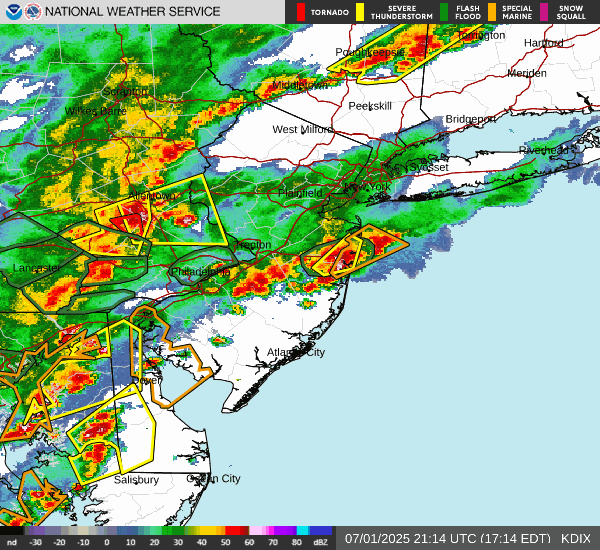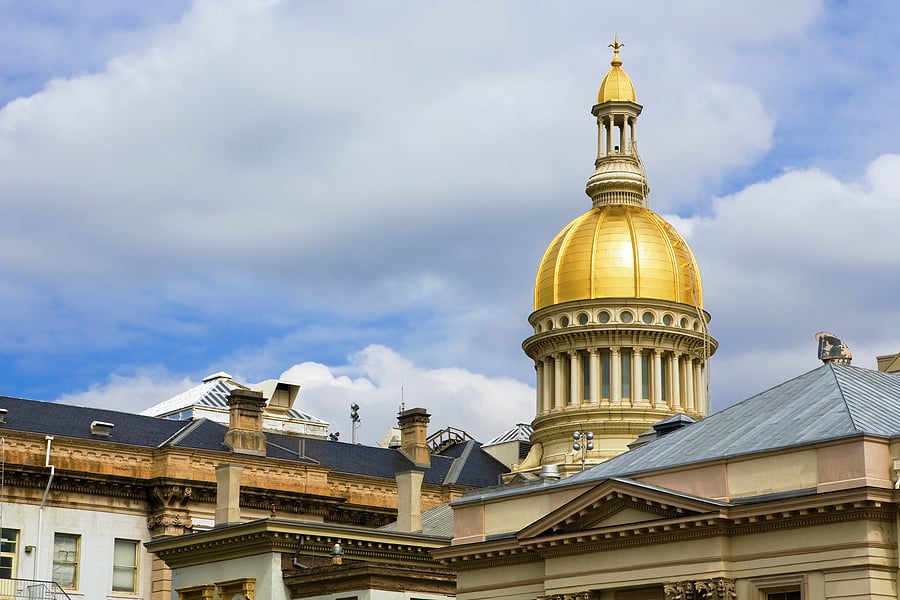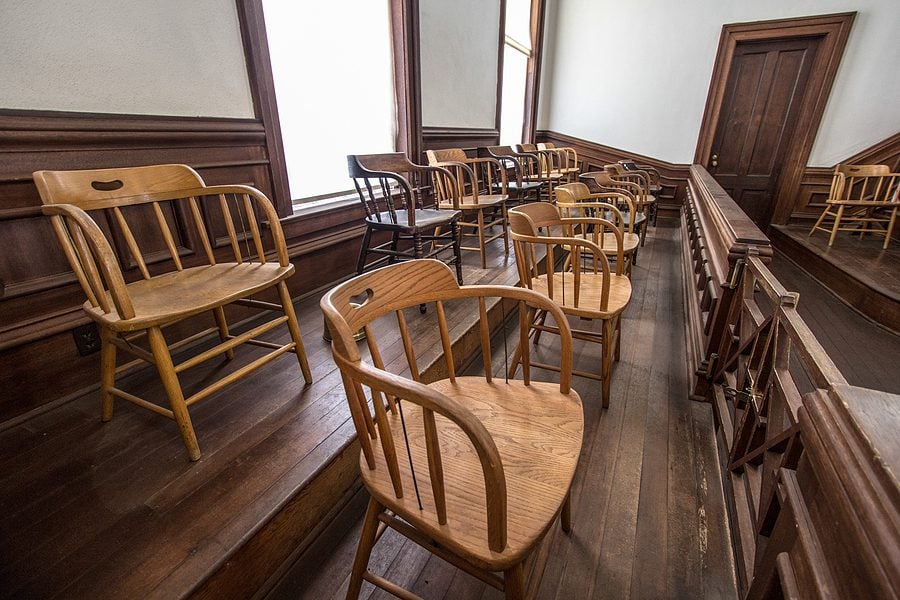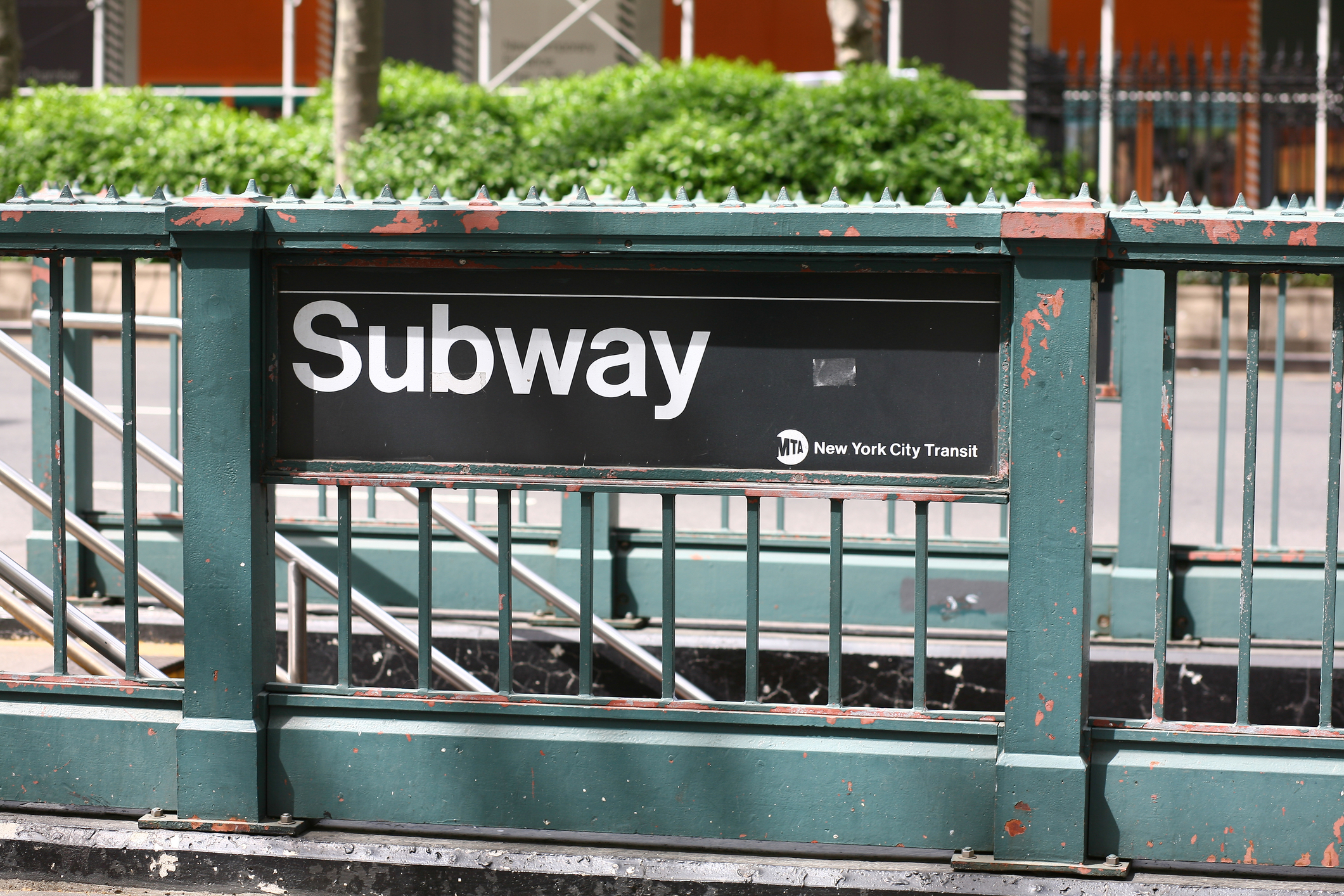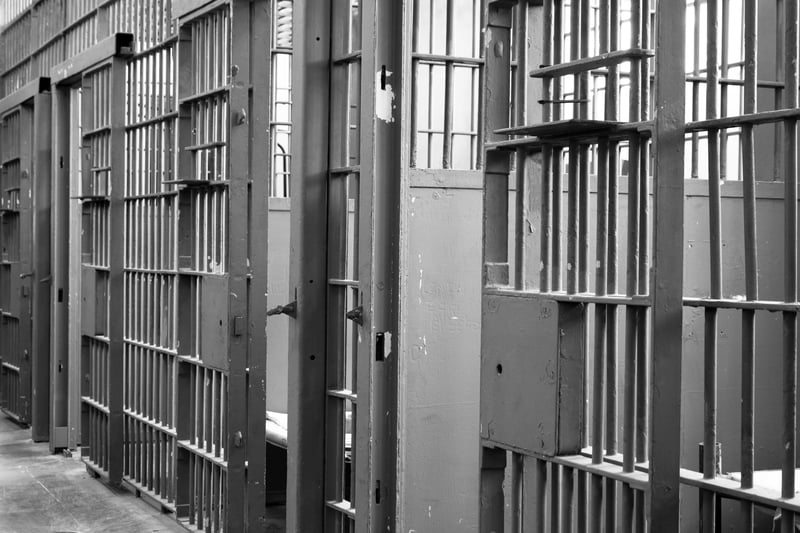It might sound hard to believe today, but not that long ago, many high schools across New Jersey had designated smoking areas—sometimes just steps away from the cafeteria or gym. In the 1970s and 1980s, it was not unusual for students, teachers, and even administrators to light up on school grounds during the day. These smoking sections were often fenced-off corners of parking lots or outdoor courtyards, complete with benches and trash cans filled with cigarette butts.
At the time, this arrangement was seen by many as a compromise: teenagers were going to smoke anyway, the thinking went, so it was better to create a controlled space where they could do it under supervision. In some cases, schools even required parental permission to use the designated area.
But in hindsight, the idea of teenagers legally smoking on school property feels jarring. How did this ever seem normal?
A Different Era of Public Health
To understand how we got here, it’s important to remember the cultural climate of the time. Smoking was still widely accepted, even glamorized. Cigarette advertisements ran on television until 1971. Ashtrays were fixtures in homes, offices, and restaurants. And the full extent of the health risks associated with tobacco use wasn’t yet public knowledge—or at least, not taken as seriously as it is today.
In schools, the shift away from smoking areas didn’t come overnight. As scientific evidence mounted and anti-smoking campaigns gained momentum in the 1980s and 1990s, public attitudes began to change. State and federal laws followed. In New Jersey, local school boards gradually eliminated smoking areas, and by the late 1990s, most high schools had banned smoking on school property altogether.
From Smoking Sections to Smoke-Free Campuses
Today, smoking isn’t just banned inside school buildings—it’s prohibited on nearly all school grounds, including parking lots and outdoor sports fields. And it’s not just cigarettes: the rise of vaping and e-cigarettes has introduced a new wave of challenges for schools trying to enforce tobacco-free environments.
Still, the change is dramatic. What was once a routine part of the school day—lighting up between classes—is now grounds for disciplinary action.
The fact that New Jersey high schools once had smoking areas may now seem unthinkable, especially to today’s students. But it serves as a reminder of how much public attitudes—and public health policies—can evolve in just a generation.
